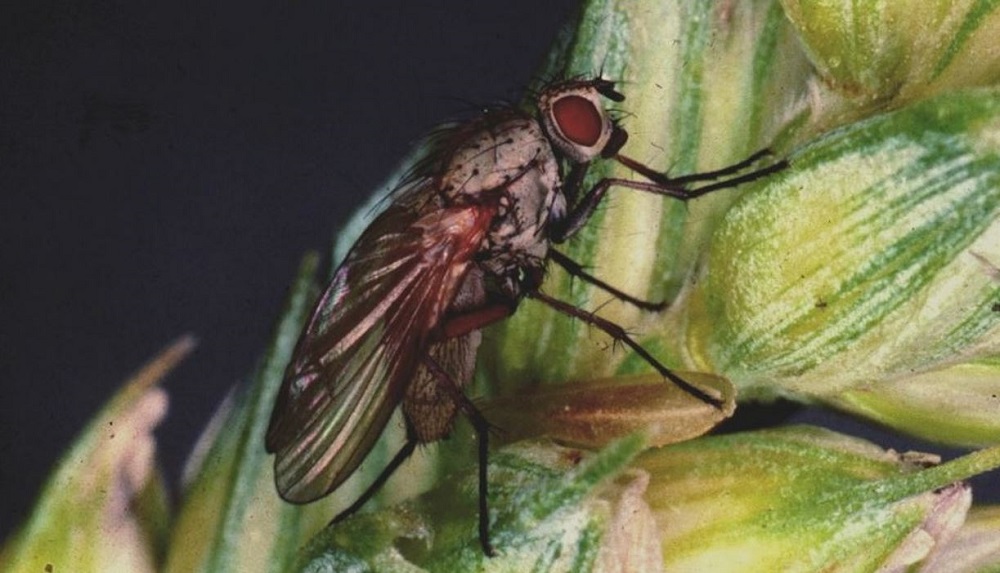Wheat bulb fly risk is relatively low in 2022–23
Friday, 7 October 2022
AHDB’s wheat bulb fly survey suggests it may be one of the lowest-risk seasons on record for this cereal pest.
The annual indication of pest pressure is based on the number of wheat bulb fly eggs in soil samples taken from commercial fields in the autumn.
Despite the relatively low risk, almost one-third of sites had egg populations at levels that could justify the use of seed treatments in late-sown winter wheat crops.
As part of the ADAS-led project, researchers analysed soil samples from 30 fields at elevated risk of economic damage.
Siobhan Hillman, who manages pest research at AHDB, said: “The egg counts from the survey of soil samples provide a useful indication of risk. When combined with site-specific information, the results can help farmers determine the need for chemical seed treatments to protect their crops from attack.”
Eastern England survey results (15 sites)
Twelve were in the low-risk category (<100 eggs/m2).
Two were in the moderate-risk category (101–249 eggs/m2).
One was in the high-risk category (250–500 eggs/m2).
No sites were in the very-high-risk category (<500 eggs/m2).
The highest egg count in this region was 274 eggs/m2, following potatoes at a site in Cambridgeshire. The average egg count was 62 eggs/m2.
North of England survey results (15 sites)
Nine were in the low-risk category (<100 eggs/m2).
Six were in the moderate-risk category (101–249 eggs/m2).
No sites were in the high-risk or very-high-risk categories.
The highest egg count in this region was 173 eggs/m2, following vining peas at a site in North Yorkshire. The average egg count was 100 eggs/m2.
Risk and seed treatment thresholds
- Early-sown wheat crops (before November) are unlikely to benefit from seed treatments, which lack the persistence to offer full protection. Excess shoot production also makes these crops more resilient, although populations greater than 250 eggs/m2 may result in economic damage
- For late-sown wheat crops (November to December), consider seed treatments where populations exceed 100 eggs/m2
- For very late-sown crops (January), consider seed treatments irrespective of the population size (unless no eggs are present)
Overall risk has been relatively low for the last decade, with the 2022 survey recording one of the lowest-risk years on record.
However, even in relatively low-risk years, it is not unusual to detect higher-risk sites.
In 2022, around one-third (9/30) of sites were above the seed treatment threshold for late-sown wheat crops.
Note: Treated seed must not be sown after 31 January, as this is defined as the end of the winter period by CRD.
Access information on wheat bulb fly risk and the latest survey results
 ADAS
ADAS


